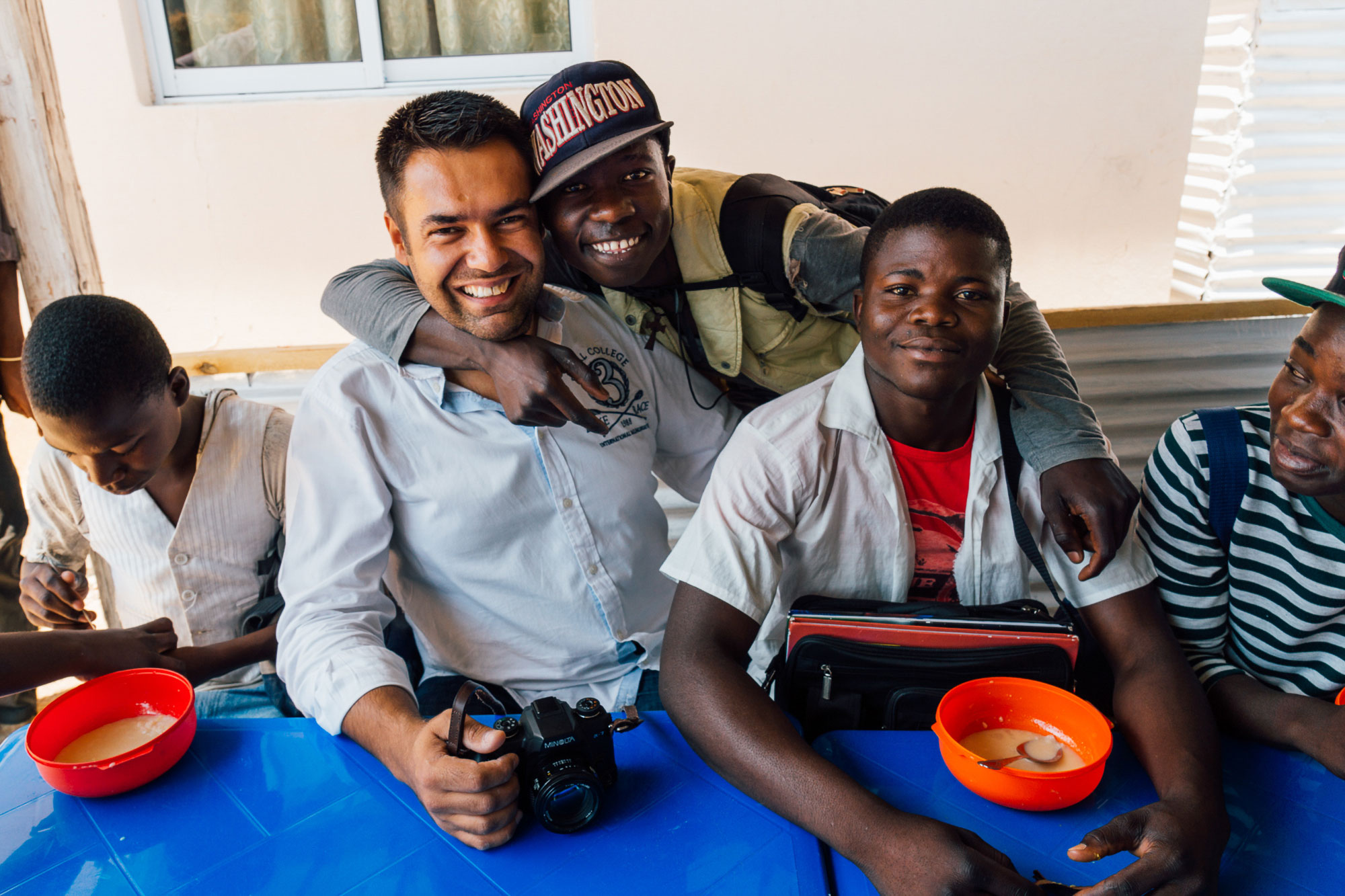Premium/ Documentary Project | Module 5 – Attitude: When we finally go to the location and start photographing
At first, I was thinking of calling this module by “Shooting Techniques” but, as I won’t focus on technical aspects but in the posture to adopt in the field instead, I thought it was better to call it “Attitude” and describe some matters that I consider important while shooting. This will cover a broad spectrum of topics such as approaching people, gaining access to places, or how to behave outside our comfort zone.
Attitude: “A manner of thinking, feeling or behaving”.
1. Be ready, always Although there are projects that we have to develop in a well-defined space and time interval, or that involve a trip to another country, for example, there are many other ideas that we can develop simultaneously with our daily activities. So, my first advice would be to always, but always, carry a camera with you. Even when our minds are not on “shooting mode”, at any time something as unexpected as wonderful may happen, so always be ready. And that includes the camera ready to be used, with the right settings. Typically I have my cameras in aperture priority mode, auto ISO and auto White Balance, Raw+Jpeg, single shooting drive mode and the center focus point active. These settings allow being ready to face any situation that requires a fast response. If other adjustments have to be made, like changing ISO above the upper limit of the auto settings, or selecting another focus point, at least this is a good starting point. 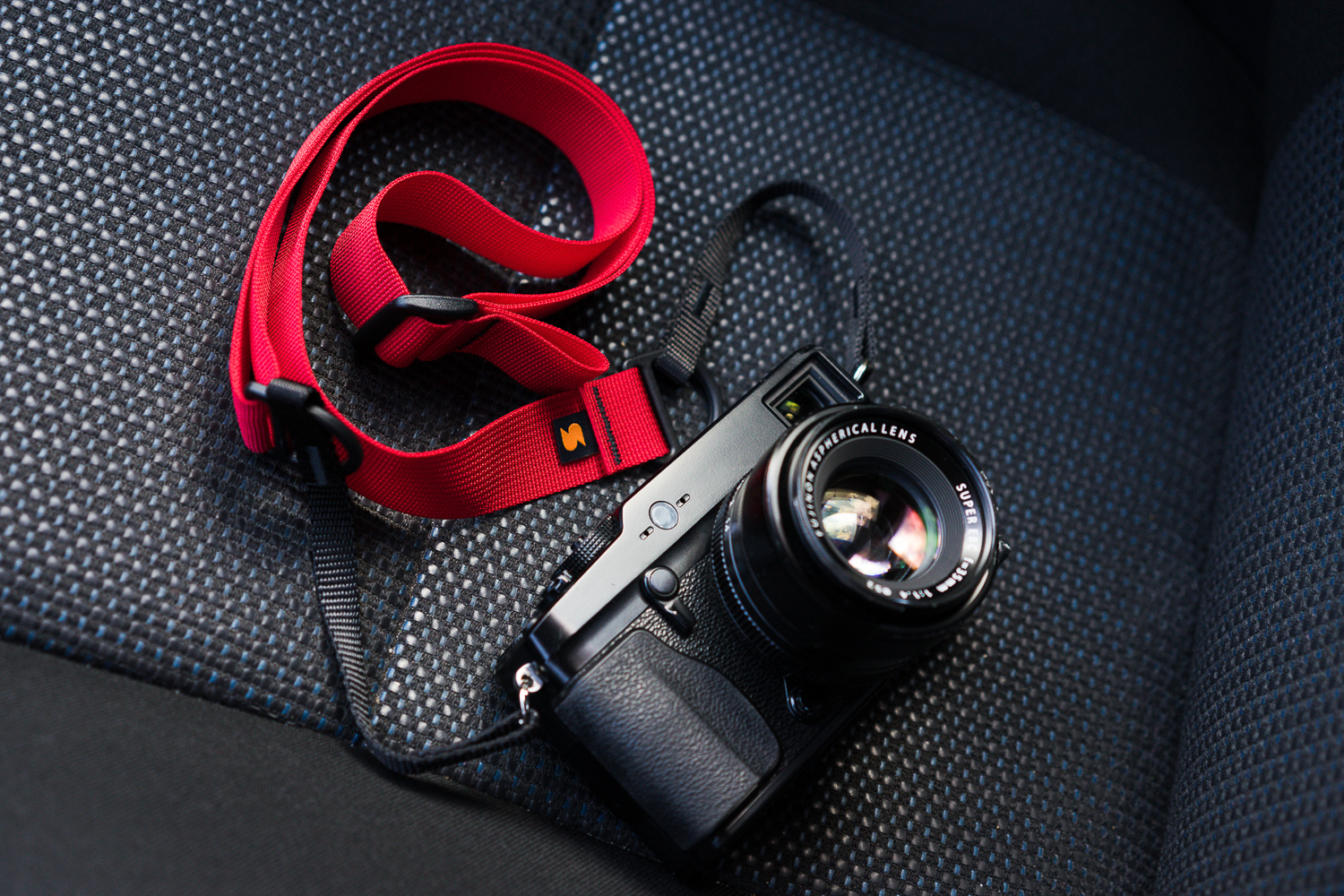 2. How to approach people When approaching people, no matter the context or place, in your own country or abroad, urban or rural, be respectful, introduce yourself, be truthful regarding your intentions. A good way to start is to introduce yourself, ask people’s names, tell them about what you’re doing and ask permission to take some photographs, if possible using their names when addressing a specific person. That will show you care about them and how much this means to you. Each situation is unique, but always tell what you would like to do and respect people’s will. After your introduction and explanation if someone still doesn’t want to be photographed, kindly thank him/her and ask someone else. Quite often, more than I wanted, I hear photographers talking about certain nationalities, or people from a particular region, who don’t like to be photographed and expressly ask us not to. And those photographers, continuing to describe their bravery, usually say that they still took the shot under people’s insults, or they used the electronic shutter to shoot quietly. No no no no… NO! Let’s get things straight: If someone tells you clearly that they don’t want to be photographed, move it on and do not photograph them. Respect their will, period.
2. How to approach people When approaching people, no matter the context or place, in your own country or abroad, urban or rural, be respectful, introduce yourself, be truthful regarding your intentions. A good way to start is to introduce yourself, ask people’s names, tell them about what you’re doing and ask permission to take some photographs, if possible using their names when addressing a specific person. That will show you care about them and how much this means to you. Each situation is unique, but always tell what you would like to do and respect people’s will. After your introduction and explanation if someone still doesn’t want to be photographed, kindly thank him/her and ask someone else. Quite often, more than I wanted, I hear photographers talking about certain nationalities, or people from a particular region, who don’t like to be photographed and expressly ask us not to. And those photographers, continuing to describe their bravery, usually say that they still took the shot under people’s insults, or they used the electronic shutter to shoot quietly. No no no no… NO! Let’s get things straight: If someone tells you clearly that they don’t want to be photographed, move it on and do not photograph them. Respect their will, period.  In the past, and in the context of my project on Angola, I have received some critiques about the fact that many of my subjects were looking directly at the camera. And that, in their opinion, would be an obstacle to call my work “documentary photography”. I don’t agree and let me explain why. Awareness is not posed. Posed is not staged. Being aware of the photographer is not staging a photo.
In the past, and in the context of my project on Angola, I have received some critiques about the fact that many of my subjects were looking directly at the camera. And that, in their opinion, would be an obstacle to call my work “documentary photography”. I don’t agree and let me explain why. Awareness is not posed. Posed is not staged. Being aware of the photographer is not staging a photo.  Going back to what I said in the first publication of this series (Module 0): Documentary Photography and Street Photography are not the same. Street photography focuses on photographing people in public spaces, with the relevant characteristic of being spontaneous, un-premeditated and candid. The purpose of documentary photography is to record events in a true way. Yes, we often have to introduce ourselves and talk to our subjects to gain access to certain places, such as inside their homes. But the important thing, and summing it all up in one sentence, is that the photographer has no active participation in the development of events, he does not influence people’s behaviour.
Going back to what I said in the first publication of this series (Module 0): Documentary Photography and Street Photography are not the same. Street photography focuses on photographing people in public spaces, with the relevant characteristic of being spontaneous, un-premeditated and candid. The purpose of documentary photography is to record events in a true way. Yes, we often have to introduce ourselves and talk to our subjects to gain access to certain places, such as inside their homes. But the important thing, and summing it all up in one sentence, is that the photographer has no active participation in the development of events, he does not influence people’s behaviour. 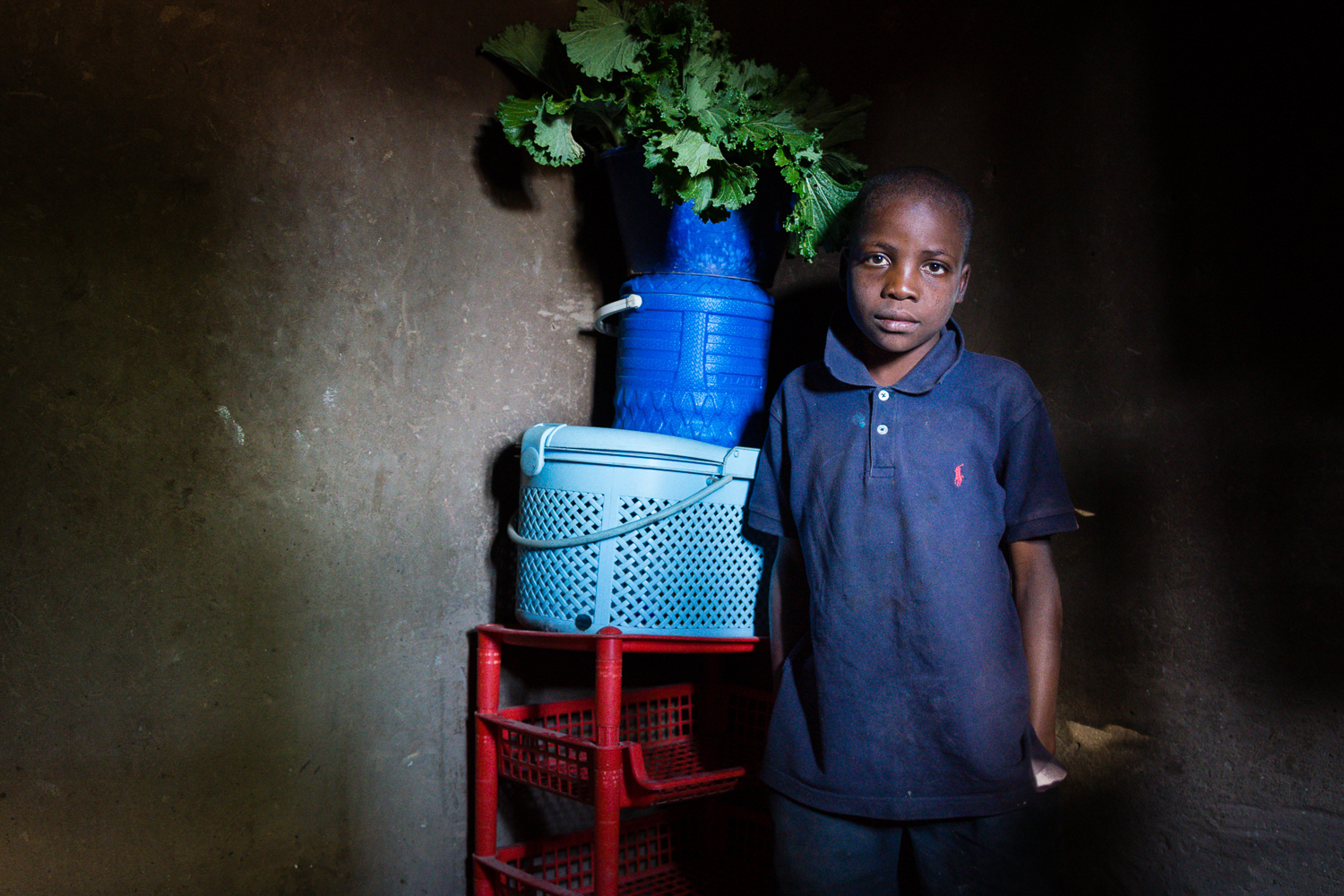 When you’re honest and straightforward, usually people don’t mind that you photograph them. So here’s a list of what you shouldn’t do:
When you’re honest and straightforward, usually people don’t mind that you photograph them. So here’s a list of what you shouldn’t do:
- Don’t hide your camera or camera bag. Let them see you’re a photographer and get used to the idea of you being around. Usually, the best photographs aren’t the first, but the ones you take when people get used to you and your presence is familiar to them. On some villages, it took me months stoping by regularly until I was welcome just like visiting a relative. After gaining that kind of trust, I didn’t need to ask before grabbing the camera and starting to photograph.
- Don’t photograph people against their will trying to be unnoticed and using a long lens. Besides making a completely uninteresting photograph, it’s disrespectful and compromises your future presence in that place.
- Don’t act strange. If you aren’t doing anything wrong, if you believe in your project, stand for it and be confident in your approach. If you act strange, people will actually suspect you’re doing something wrong. If you are nervous and unable to explain what you are doing, is unlikely to have permission to shoot. Let people know what you’re doing and that some photographs may end up published in a magazine or website.
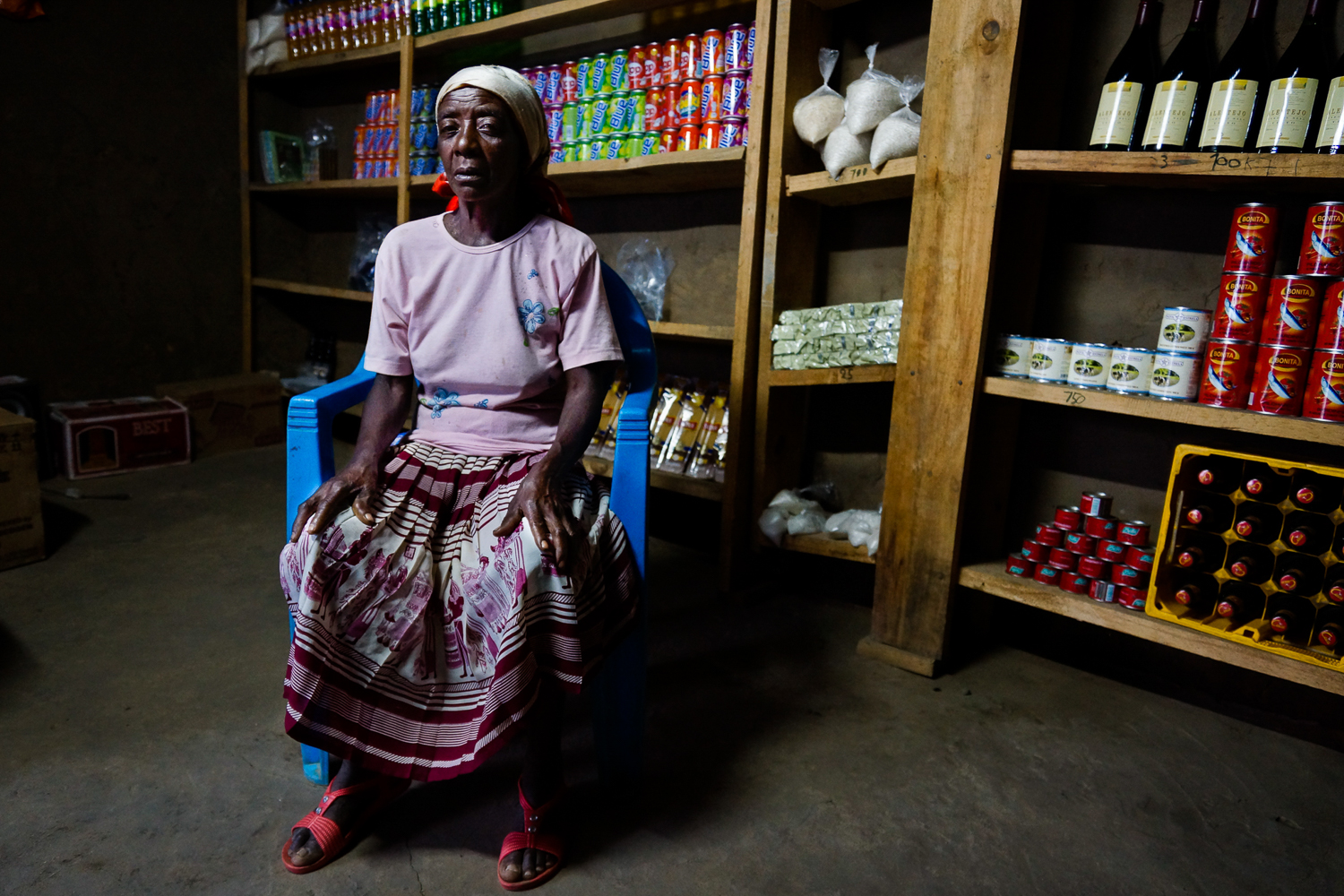 Case study: Photographing the bombed building in Kuito The following series of photographs was taken inside a building in ruins in the city of Kuito, after being bombed by the Soviet MIG jets.
Case study: Photographing the bombed building in Kuito The following series of photographs was taken inside a building in ruins in the city of Kuito, after being bombed by the Soviet MIG jets. 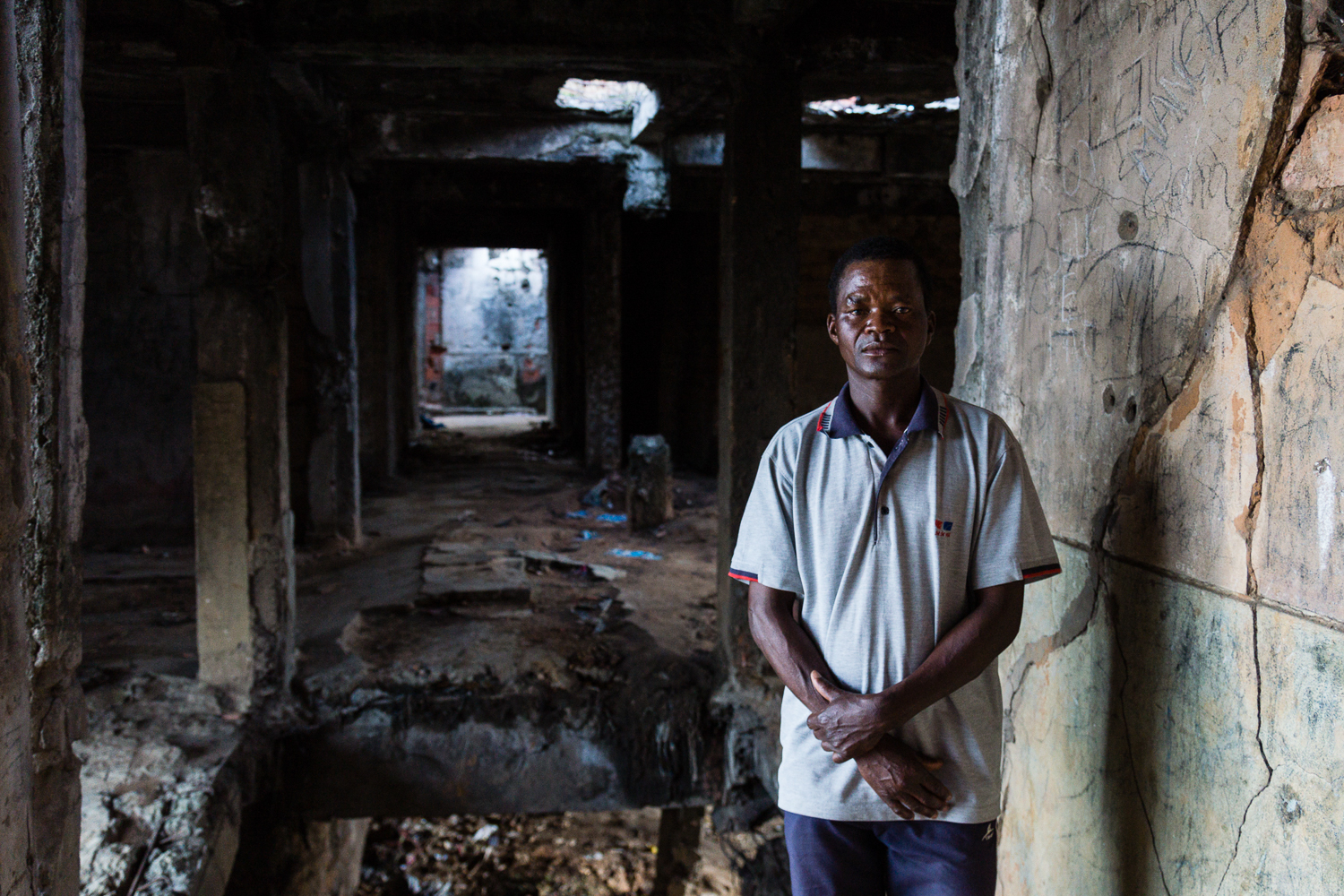 CONTINUE READING…
CONTINUE READING…
Only for Premium Subscribers!
To access these articles you must be a PREMIUM subscriber to Fuji X Passion.
SUBSCRIBE NOW and get instant access to all Premium articles, all prior and upcoming magazines, all special editions, all previous videos, discounts and offers. If you are seeking relevant information about this camera system, or useful tips from photographers using the Fuji X system, this is the most valuable place for you.
BASIC Plan subscriber? Upgrade to PREMIUM!
- Access your account HERE and sign in with your email address and password as always
- In this step click the ‘Subscriptions’ tab and then ‘Change plan’
- Now you can change from the BASIC plan to the new PREMIUM PLAN
- Finally, the system will only apply a proportional value to the remaining charge and change the plan immediately.
Already a Premium Subscriber?

